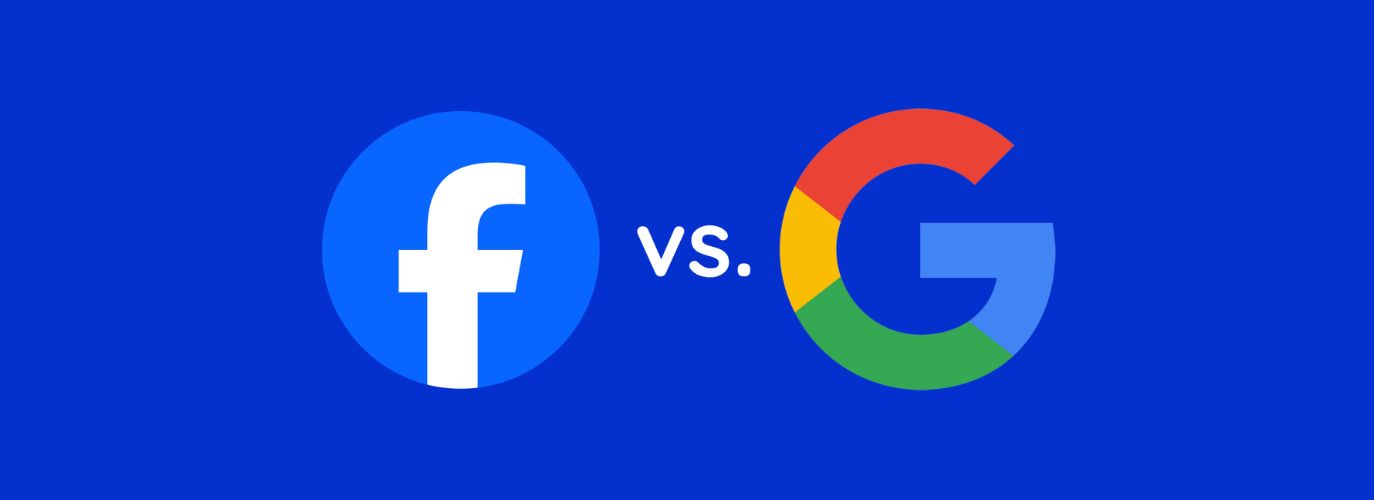
Both Facebook Ads and Google Ads have a combined reach of nearly three billion active users, making them essential tools for businesses looking to grow online.
This makes Google Ads an excellent choice for businesses that have niche products or high-conversion offerings.
For example, Nike has successfully used Google Ads to capture demand for specific sports gear when users search for related terms (Nike).
This makes Facebook Ads ideal for building brand awareness and engaging with a broader audience.
Coca-Cola is a great example, using Facebook Ads to target specific lifestyle groups, increasing brand visibility and interaction (Coca-Cola).
In terms of Cost per Click (CPC), Google Ads tends to have a higher CPC due to its competitive search environment.
However, this can be more efficient for businesses with higher-value products, as the intent of the users is already focused on purchase.
For businesses looking to scale quickly with more impressions, Facebook Ads offers better scalability.
Airbnb has leveraged Facebook Ads to reach millions of potential travelers and grow its brand rapidly, with impressive cost-effectiveness (Airbnb).
Google Ads offers a variety of ad formats, such as search ads, display ads, and video ads, which provide flexibility but may be challenging for beginners.
Facebook Ads, on the other hand, are simpler to navigate, especially since they are structured similarly across Facebook and Instagram.
ASOS, a global fashion retailer, uses Facebook Ads with strong visuals to engage audiences, making it easier to showcase their trendy products (ASOS).
Facebook Ads provide a unique advantage in audience building, allowing businesses to engage users over time, build loyalty, and increase organic reach.
Apple, for example, uses Facebook Ads to foster long-term relationships with its customer base, leading to significant organic growth (Apple).
While Google Ads may not offer the same audience-building capabilities, both platforms allow for effective retargeting to re-engage users who have already interacted with your website.
Amazon has seen great success with retargeting on both Facebook and Google Ads, keeping shoppers engaged across different touchpoints (Amazon).
To get the most out of your advertising budget, it’s best to test both Facebook Ads and Google Ads.
Google Ads is ideal for targeting search-driven users, while Facebook Ads helps build brand awareness and engage a broad audience.
Testing both allows you to fine-tune your strategy and find the right platform that delivers the best results.